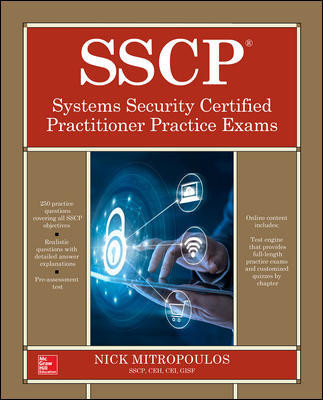Disparate systems: The importance of closing the gap

Image via Unsplash
Are you getting the most out of your security system? This is a question that many security leaders should be asking themselves. As growth in an organization occurs, so does the need to enhance its security measures to ensure its assets are protected. However, one of the biggest pitfalls organizations run into inadvertently is the inability to maintain a unified security system, and often end up with a less than desirable disparate security system. For larger corporations this typically comes with mergers or acquisitions.
To best describe the difference between the systems, let’s first look at what they are. The most common use of a disparate security system is a series of isolated or a single-purpose system that may work great independently, however, falls short when it comes to communicating with the overall system. For example, an organization may have both an access control system (ACS) and a video management system (VMS) that monitor designated points and log all pertinent information. However, if these two systems do not communicate effectively with one another, it can delay the response from security personnel who are actively monitoring the system. Another drawback to disparate systems is the inability to tap into and hardness of the new technology devices. One often limits the capability and capacity in which their system functions due to the lack of communication and integration among devices.
One of the drawbacks of using a disparate system is the consequential waste of time, money and other resources. Security personnel may be notified that unauthorized access occurred at one of their perimeter doors, however, they would still be required to manually search through the video surveillance footage to find details on the incident. Depending on how their corporate network infrastructure is set up, and the ease of use of the technology, this may take longer than desired.
In a unified security system, all components of the system communicate seamlessly or nearly seamlessly with one another. The ACS and VMS work in unison and help security personnel by providing all the desired information nearly instantaneously decreasing the response time to an incident. Using the previous example, the security personnel not only receive a notification of unauthorized access, but they also receive video associated with that incident. As technology continues to advance, artificial intelligence (AI) capabilities both at the camera and internal software can provide additional information to security personnel.
Having a unified security system allows security professionals the ability to leverage more built-in features and functions of cameras and software that ultimately enhance security capability. In addition to the above benefits, not only is the unauthorized access captured on the local camera, but AI can produce all video surveillance footage that captures the incident and deliver it to security personnel in a nice package.
How to unify a security system
As cliché as it may sound, the first step of moving from a disparate system is to identify that an organization has one. A thorough technology audit is necessary to understand where an organization is in their journey. A technology audit is an evaluation of the existing security system and its current design. Often, but not always, completed by a third party company and is a snapshot of where the organization sits with its current security system. Typical audits are conducted in phases such as pre-visitation, site-visit and reporting, or some variation of that.
Items such as platforms, current installed software and firmware versions, the overall infrastructure of the security system, policies/procedures and floorplans are provided and evaluated for efficiency. Once the assessors understand at a high level what is currently in place, a site visit is conducted. A site visit allows the assessor to get eyes on and helps them identify gaps or questions that may arise from evaluating the data given in the pre-visit phase. Things like daily operations, staff, standard operating procedures (SOPs), post-orders and existing/future infrastructure plans are identified. Once complete, an evaluation is conducted, and a comprehensive report can be written that outlines where the organization stands, and a plan to move forward is created.
The reports that are produced from audits like these typically outline steps that an organization needs to take to move from a disparate system(s) to a unified system. Security directors typically have their plates fairly full with daily tasks and understandably aren’t able to keep up with the ever-changing world of new security technologies. Relationships and agreements between VMS manufacturers and other security-related equipment are changing frequently. Systems that pair or complement one another today may and likely will change in the future. Understanding those relationships is critical and can save organizations a significant amount of time and resources when properly chosen. A technology audit report, if properly done, can deliver the price breakdown of transitioning from one system to another and helps create a bigger selling point for senior management when it comes to budgeting. Additionally, it can identify what best alternatives available based on evaluated installed hardware/software.
Organizational budgets are often predictable, and the longer a company has been in business the easier it is to forecast budgets for future projects. However, even the largest most stable corporations encounter unforeseen budgetary constraints which can often impact security. This can often lead to organizations making smaller, incremental changes to their security systems rather than having a long-term goal. The long-term goal for a security director is to ensure that their security system communicates efficiently and provides them with the necessary tools to protect their assets without causing strain on the everyday business.
Disparate systems can formulate easily and often the outcome of normal ongoing business operations and changes over time. Creating a system that allows for growth and adaptability in uncertain circumstances is the ultimate goal. While security professionals strive to be proactive, in truth it is simply reactive in nature. A unified security system allows for security professionals to have as much information related to an ‘exception activity’ as possible which will shorten the time of that reaction and help deliver desired results.
Looking for a reprint of this article?
From high-res PDFs to custom plaques, order your copy today!








